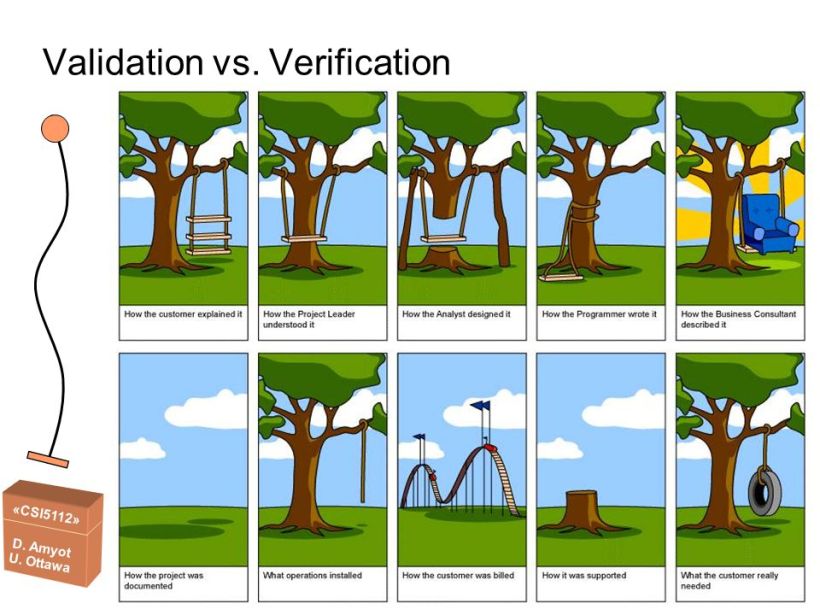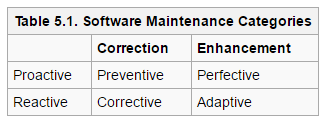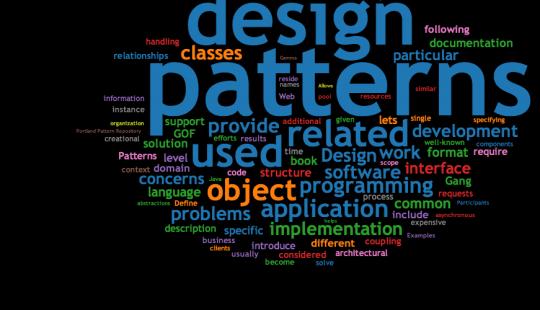Cloud computing or just “the cloud” is the delivery of computing services over the Internet on a pay-for-use basis.
It enables companies to consume a compute resouce instead of havingo to build and mantaing hardware. It also provices self-service provisioning, elasticity and pay per use services.
Models
- Private cloud: the services are delivered from a business’ data center to internal users.
- Public cloud: a third-party provider delivers the cloud service over the Internet.
- Hybrid cloud: companies run sensitive applications on the private cloud while using the public cloud for bursting workloads that must scale on demand.
Categories
- Software-as-a-Service (SaaS): applications run on distant computers that are owned and operated by others and that connect to users via the Internet.
- Platform-as-a-Service (PaaS): provides an environment with everything required to support the lifecycle of delivering web-based applications.
- Infrastructure-as-a-Service (IaaS): it provides companies with computing resources including servers, networking, storage, and data center space.
There are a few arguments against cloud computing, such as: it represents a high cost for companies, it can generate many problems, intellectual property issues. This trend is very recent and we should wait and see what else it has to offer. In my opinion, so far so good.
Source:
- http://www.pcmag.com/article2/0,2817,2372163,00.asp
- https://www.ibm.com/cloud-computing/learn-more/what-is-cloud-computinghttps://www.ibm.com/cloud-computing/learn-more/what-is-cloud-computing
- http://searchcloudcomputing.techtarget.com/definition/cloud-computing












 Software architecture is the process of defining a structured solution that meets all of the technical and operational requirements, while optimizing common quality attributes. As many other definitions, it seems simple and irrelevant, but what’s the real meaning of this this concept?
Software architecture is the process of defining a structured solution that meets all of the technical and operational requirements, while optimizing common quality attributes. As many other definitions, it seems simple and irrelevant, but what’s the real meaning of this this concept?